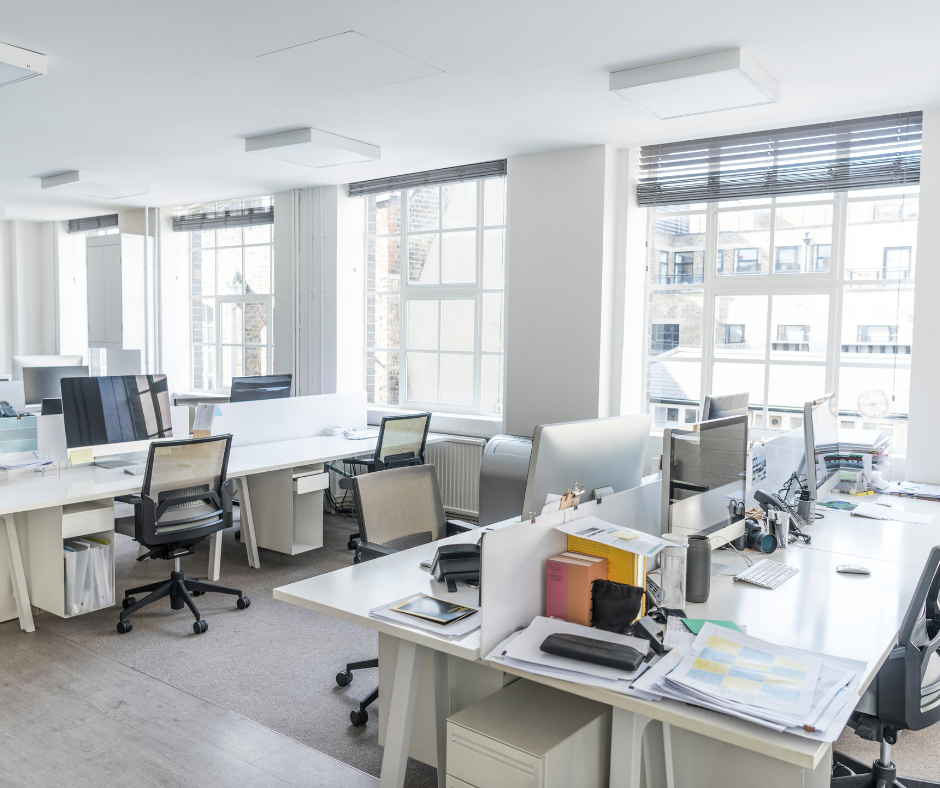
Meeting Topic
Introduction
In the age of social media, where everyone’s highlight reel is on display, it’s easy to fall into the comparison trap. We often find ourselves measuring our success against the seemingly perfect lives of others. However, the truth is, those social media highlights rarely reveal the true extent of the investments, sacrifices and challenges that accompany success. In the following Meeting Topic, Michelle Keating from Dreamers Collective shares the pitfalls of the comparison trap, its impact on our plans and confidence, and practical strategies to avoid and counteract it.
Avoiding the Comparison Trap: A Guide to Authentic Success By Michelle Keating
The Dangers of the Comparison Trap
Constantly comparing ourselves to others can be detrimental to our mental wellbeing and personal growth. The curated images and success stories we see online may not reflect reality, leading us to doubt our own ability or perceive ourselves as a failure and not good enough. This can hinder our progress by diverting our focus from our own goals.
Setting Personal Goals and Milestones
To avoid falling into the comparison trap, it’s crucial to set your own goals and milestones. Instead of measuring your success against someone else’s, focus on your unique journey. Define what success means to you, and establish clear objectives that align with your vision. By doing so, you’ll create a roadmap for your personal development, allowing you to celebrate your progress without getting sidetracked by external comparisons.
Building a Supportive Network
Another effective way to combat the comparison trap is to surround yourself with people who genuinely support and celebrate your progress. Choose a circle that encourages your growth and provides constructive feedback. A supportive network not only shields you from the negative effects of comparison but also fosters an environment where everyone’s achievements are acknowledged and celebrated. Collaborating with like-minded individuals can inspire collective success and diminish the negative effects of comparison.
Practicing Gratitude and Self-Encouragement
Cultivating gratitude and self-encouragement are powerful tools to combat the comparison trap. If comparison strikes, take a moment to reflect on three things you’re grateful for and three things you’re proud of yourself for accomplishing. This practice shifts your focus from external comparisons to internal appreciation, reinforcing your sense of accomplishment on your own terms.
Acknowledging Personal Growth
Finally, don’t forget to look back and acknowledge your journey. Recognise that you are not the same person you were five years ago. Allow yourself the time and grace to evolve into the person you dream of becoming. Acknowledging personal growth regularly in combination with refocusing on your personal goals reinforces your resilience, reminding you that success is a continuous journey rather than a destination.
In a world saturated with social media comparisons, it’s crucial to navigate the comparison trap with mindfulness and resilience. By setting personal goals, building a supportive network, practicing gratitude, and acknowledging your personal growth, you can break free from the damaging effects of external comparisons. Remember, success is a unique and ongoing journey, and your path deserves celebration regardless of how it measures up to someone else’s success online.
Find out more about the supportive community Michelle runs to support ambitious women to follow through on their goals & dreams at www.dreamerscollective.co
Next Meeting Topic
Optimise your Space, Lift your Focus By Andrea Tucker
Introduction
When you set up your office or home workspace, did you carefully consider the placement of the desk? The path you would take to the printer? The ‘colour’ of the lighting?
All of these things, and more, can be adjusted to better support your physical wellbeing, productivity and focus! The article below, contributed by Registered Architect Andrea Tucker, outlines all the ways we can help ourselves create our optimal working environment.
Take a step back … literally.
Can you ask more from your workspace?
Any space that you operate within has an impact on your productivity, efficiency, motivation, and wellbeing – take a few moments to critically survey your environment and see where you may move to improve!
More Flow, Less Distraction
Optimise the layout so that everything is logically where it needs to be, creating a smooth flow and significantly enhancing productivity. From a holistic viewpoint, consider wayfinding signage for visitors, and consider efficient circulation between your presentation, collaboration, or focus spaces. Consider transitions between printer, to desk, to waste bin, or the way you move between one task to the next.
Anything superfluous is creating clutter, distraction, and stress, and needs to go – unless it is strategically selected to focus you and motivate you to smash your goals! Tie those cables back out of your vision or use a wireless keyboard and mouse. Declutter regularly.
Designate quiet time for focus. Silence your phone, block out your calendar, clear your desk and even try noise-cancelling headphones. A calm garden viewshaft can also clear the mind.
Everything in its Place
This has as much to do with your desk as your desktop. Emails, documents, and databases need a logical system, but the same can be said for resources, supplies or inventory.
Physical storage and filing systems can be bespoke or modular, or a combination of both. Solutions may involve movable screens, containerisation, inventive furniture, or simple shelving or joinery solutions. Size, weight, how and where you need access to items are obvious concerns, but also consider any specific storage requirements, frequency of any pick and packaging requirements and the proximity to nearby bench space.
Shine the Light on Ergonomics
Getting Ergonomics correct will help maintain and promote your physical health and comfort. Sitting-to-standing desks enable you to change your body position depending on your task; however even ensuring the height of any desk or bench is optimised for your body and task is vital. Screen heights relative to neck posture is important, especially those that regularly use laptops without a stand or dock. If you have bi-focal lenses, then you may readjust screen height a fraction for optimal viewing. Invest in a super-chair that will adjust to your body and task, (ask me for some fabulous recommendations). If you are standing for significant periods, ensure the surface you are standing on is appropriate. Take Micro-Breaks!
Lighting can be designed to mitigate fatigue and eye strain by considering the lux levels required for each task and on what surface. Ensure shadows don’t compromise your lighting. The colour of light output can also have an impact so confirm your bulbs are all the same ‘colour’ for each task zone.
Natural Light and Plant Life
Natural light has been connected with increased productivity and alertness, plus reduced energy costs, so it makes sense to position your desk or workspace near a window.
Incorporate indoor plants or greenery into your workspace. Plants can heighten concentration, improve perceived air quality, reduce stress and sickness, and improve workplace satisfaction.
Regularly assess your space holistically, adjust and improve! Allow your space to adapt as you grow professionally and as your goals and aspirations ever evolve. And if these small measures prove not to be enough, then a registered Architect is well-positioned to reimagine your spaces for enhanced wellbeing, productivity and satisfaction, and to support your overall success.
For more information about how Andrea supports her clients, you can ring or email her:
M: 021 622 205 E: andrea.tucker@teamarchitects.co.nz
 Print This Post
Print This Post



